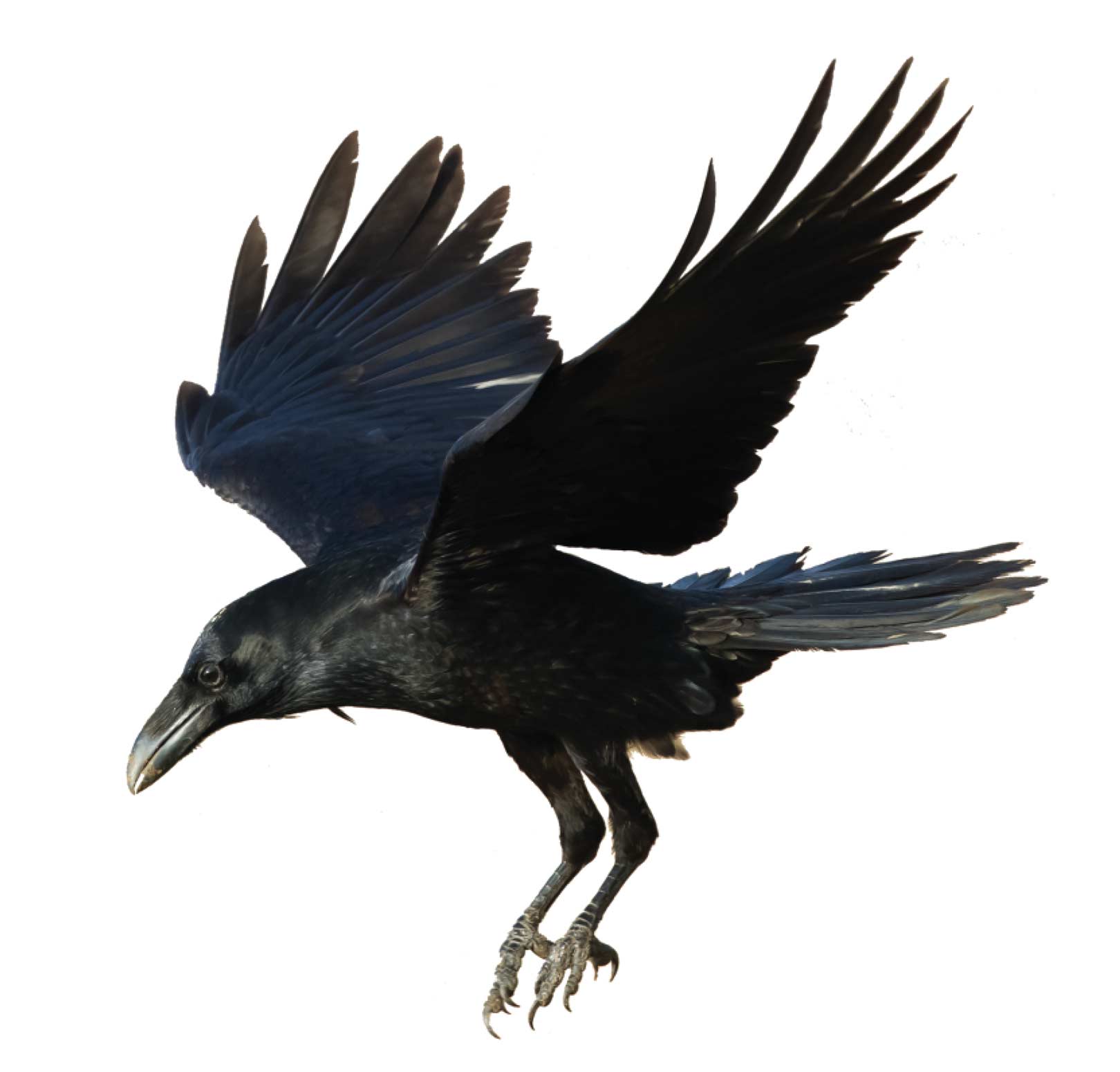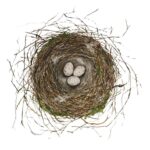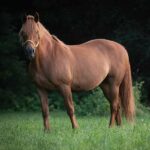
There’s seldom a day that totally defines a season, but a particular spring morning in the first week of May 1995 had everything that buoyed the spirit and soothed the soul. Two days of rain, followed by a warm front, brought a morning that dawned under a cloudless sky.
Sunrise found me and my old F-150 chugging through the sandy highlands of the Northumberland County Forest on a foray for morels. As I swung off the secondary road onto a two-track path, a large crow flew up out of the ditch and lit in a poplar. The bird’s fan tail and size told me it should have been a raven, yet it couldn’t have been.
A little history: I was raised in Rainy River country, north of Lake Superior, so I was quite familiar with ravens and I knew there were no ravens in southern Ontario. But twenty minutes into my hike, I heard the distinctive croak followed by a couple of chortles – the call of the common raven. No further proof needed: ravens had come south again.
Ravens were present in southern Ontario long ago, before the region was settled. But as the forests were cleared and farmland acreages increased, their habitat diminished. They moved farther and farther north, away from man and his activities. By the 1900s ravens became known in Ontario as a bird of the north. Their range was restricted to remote areas of the Precambrian shield and the boreal forest, far away from the farmer’s menacing shotgun. However, in the past three decades, ravens have gradually migrated southward and have now infiltrated all of southern Ontario. Some have even made cities their home.
The expansion of the raven’s territory and its population increase have mystified naturalists, as there seems to be no reason for this migration. Could it be that the raven – a highly intelligent bird – has learned that man is no longer a danger and has accordingly evolved and adapted to living with him?
A raven’s intelligence is not to be underestimated. In fact, recent studies rank ravens and their first cousin the crow just below a human in the IQ department. The latest experiments have revealed that individual ravens can observe the same event, analyze it and react differently. Essentially, rather than using the instincts inherent to their species, there is proof that ravens can reason and achieve solutions to the same problem using individual methods. According to some scientists in this field of study, this type of behaviour elevates ravens above that of dolphins, apes, monkeys and rats.
Animal kingdom rankings aside, there is no question that the raven uses its intelligence to master its environment. Verified anecdotes from hunters are perfect examples: Autumn marks the opening of the hunting season up north, the region that is the traditional domain of the raven. Hunters will often sit for days in sequestered spots, overlooking prime game country, hoping to see a moose, bear or deer. Many stories have been told of how a raven has approached a hunter and communicated with them, by squawking, circling and landing close by, then circling out a little farther, then returning. In this way the raven convinces the hunter to follow it. Sure enough, the raven leads the hunter to a game animal nearby. Of course, if the game is harvested, the raven feeds on the offal of the animal that is left in the bush – a feast second to none. However, the ravens that inhabit the south are far different from their cautious cousins that live in the wilderness up north. They have become aggressive predators and target nestlings, birds and rodents. Local farmers have noticed them regularly robbing pigeon nests of eggs and fledglings. They will often hunt in a pack of three to five birds. One raven will enter the barn, and as the pigeons flush in fear, the ones on the outside attack from above, pursuing even the adult birds.
For several years a large colony of grackles has nested in a spruce grove across from my house. For three years in a row, ravens have visited the colony, searching out every nest and carrying the nestlings off. Last spring only a few grackles nested there, and those that did had their nests pillaged by the ravens.
The raven is vilified by some cultures as a symbol of evil and an omen of death; and yet, in others it’s revered as sacred, watching over our souls and protecting our well-being. Love ’em, or hate ’em, the largest member of the songbird family in the world has found a home in Watershed country.
Story by:
Roger Thomas




